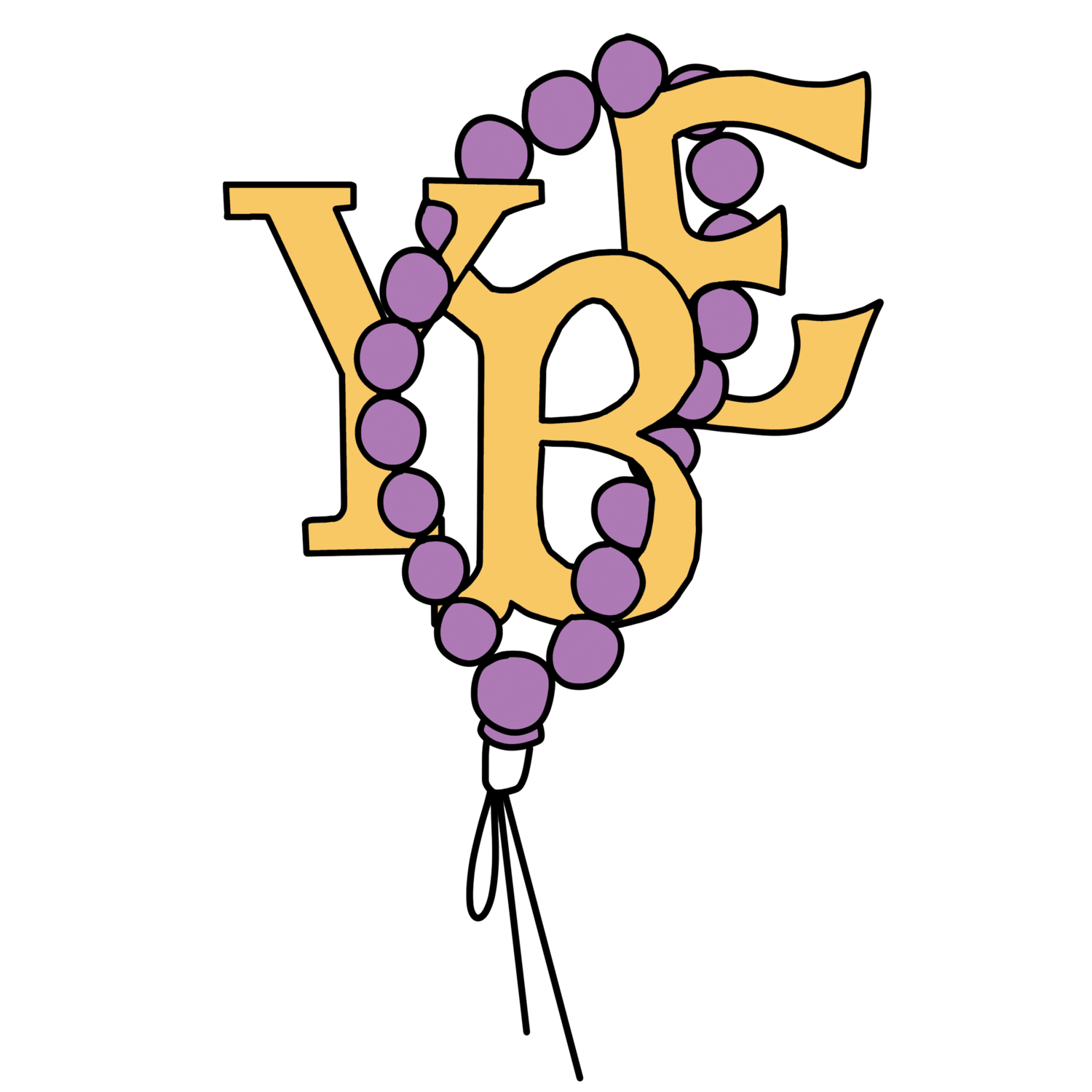Being Enough
By Anna Tsuchimoto | She/Her/Hers
Denver, Colorado | Tri-State/Denver Buddhist Temple
Originally Published: June 5, 2020
I have struggled with my identity for as long as I can remember. My mom would take me and my sisters to the grocery store with her, and another mom would stop her and ask, “where did you get them? They are beautiful!” They said this because my mom is white and my dad is Japanese. People who saw us from afar would think that my sister and I were adopted, and that my mom wasn’t my biological mom.
When we got older, the same thing would continue to happen. My mom would be seen with me and my sisters and no one could believe that she was my biological mom.
You hear about being biracial in history, and in movies - from female African American slaves being exploited in early America by their white male owners, to Rainbow Johnson from Blackish on cable TV. But you really don’t hear about it much or see it much in real life, at least where I’m from. I am from a predominantly white, middle-upper class, conservative area where my sister and I are the only Japanese people I know of at my school.
Being here, I would always hear some racial jokes like, “hey can you do my math homework for me?” or, “can you even see out of those small eyes of yours?” Being around such little diversity my whole life led me to choose one of the most diverse places to go to college - Berkeley, California. Here, I was amazed to see so many people who looked like me, but also who didn’t look like me and could teach me more about their individual cultures. Even then, I was still targeted with racial jokes, but now they were about being white.
“At home, I was only seen as Asian. In Berkeley, I was only seen as white.”
I have always been proud of my Japanese culture. From my traditional Japanese dancing nihon buyo, to growing up at a Buddhist temple, to dancing at obon every year, to bringing seaweed and rice for snack time at school. I celebrate my culture. But no matter what I did, it seemed that I didn’t appear to be “Asian enough” for people at Berkeley. I don’t know the Japanese language, and I am fifth generation - which is too white and Americanized apparently to be “Asian enough.”
So yes, even at nineteen years old, even in 2020, I still feel like I am either not “Asian enough” or not “white enough,” perhaps due to societal standards or even because of standards of my own. The Buddhist community helps, with being supportive of my mixed family coming to temple and hearing the teachings of the Buddha. I can come to temple and uphold Japanese American traditions that have been cherished for generations. I can hear and share experiences my friends and I have had about being “too Asian” or even “too Americanized.”
I don’t know how long this struggle with my biracial identity will last, but I can say that I am grateful to be both Caucasian and Asian. I mean, it gave me something to write about, didn’t it? It’s like the “Best of Both Worlds” from Hannah Montana. And who wouldn’t want to be Hannah Montana? At least 2007 Hannah Montana anyway.
Namo Amida Butsu
